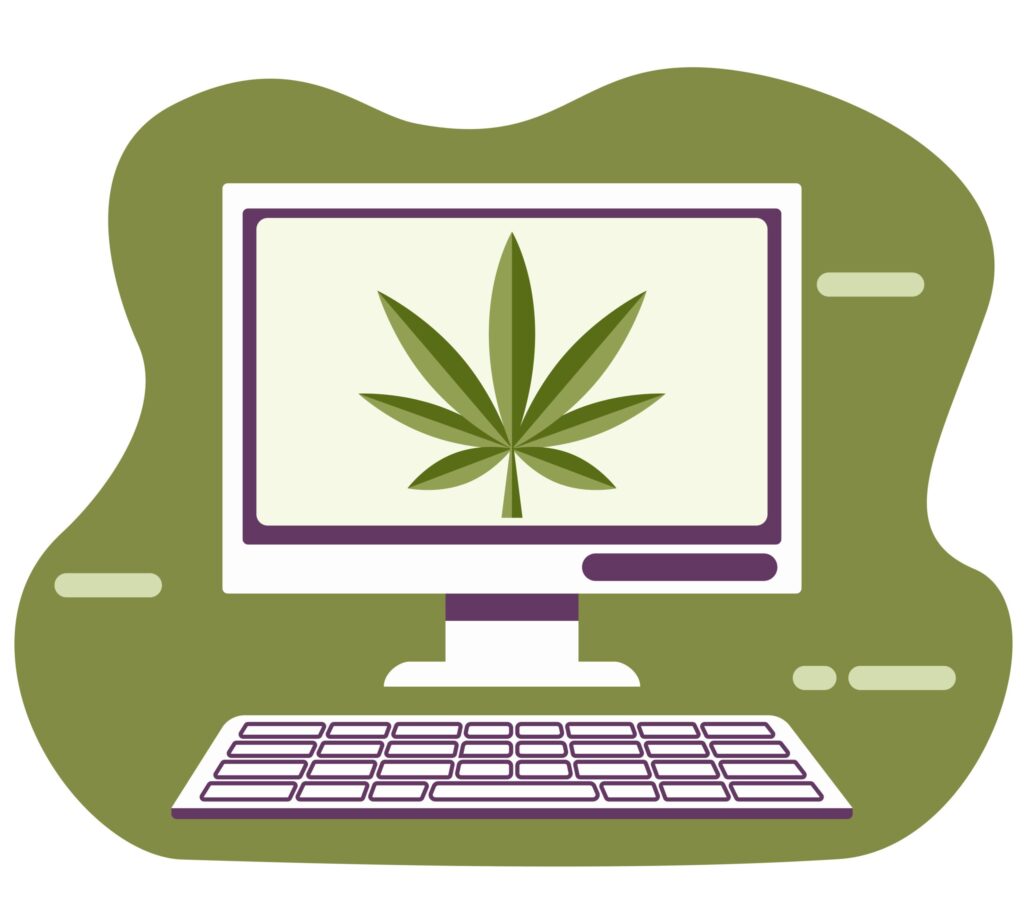 Email marketing continues to deliver the highest return on investment across digital marketing channels— on average email raises $40 for every $1 spent. Here’s several important facts about email B2B and B2C marketers need to make the most of this vital channel.
Email marketing continues to deliver the highest return on investment across digital marketing channels— on average email raises $40 for every $1 spent. Here’s several important facts about email B2B and B2C marketers need to make the most of this vital channel.
Your Audience Is Checking Their Inbox.
Email audiences are typically much bigger—and thus more useful—than an organization’s social media subscribers. In ratio terms, for every 1,000 email subscribers, nonprofits, for example, typically have 199 Facebook fans and 110 Twitter followers. Even if your organization’s raw count is much larger, these ratios hold up. More important, there is often very little overlap among email, Facebook and Twitter audiences.
Of course, your audience chooses when and how they want to take action. Say someone reads your email, but doesn’t take action right then and there. That person Googles your organization and then goes to your website later, bypassing any source codes in the email that would enable you to attribute a sale or action back to the email.
There’s A LOT of Email Out There.
The average person receives 76 emails each day. If you are not communicating with your audience by email marketing, rest assured that someone else is.
Of course, 97% of emails get categorized as spam. Email clients such as Google, Yahoo and AOL are getting smarter and smarter. What’s more, they are learning in real time what users do with emails. Thus, even if a person likes receiving emails from an organization but does not open and click right away, the client will surmise you don’t want to receive these emails anymore. When that happens, it will adversely affect the organization’s email deliverability rates overall. If your best customers are not among the first 20% opening the emails, they may never receive your emails down the line because deliverability is calculated in real time based on how recipients interact with email when it hits inboxes.
Personalization Matters.
Quality emails count, and repetition is important. Your message must be out there all the time. For example, in the nonprofit sector people often don’t remember when they gave their last gift, more often than not thinking they just donated recently. Moreover, they might be confusing your organization with another with a similar mission or name. While we all want to think our donors are unique, they are not. They are likely giving to several organizations within the same nonprofit vertical (i.e., animal welfare, conservation, health and human services, etc.).
If you are not personalizing emails at a basic level (first name, geographic region, last action date, number of actions and so forth), you are leaving money on the table. Personalization improves your open rate by more than 240% and your clickthrough rate by 161%. At a higher level, email marketing personalization can mean targeted content based on tracking the recipient’s interactions with the organization and/or its website.
There are numerous types of personalization marketers can try. For example, geo-targeted emails that highlight where the recipient lives can localize a message. You can also employ personal content in real fonts in a PHP image instead of web safe fonts inside a table with a background color. This technique renders perfectly on all devices and allows marketers to maintain brand guidelines.
The World is Multi-Screen.
B2B and B2C consumers use multiple screens—tablets, smartphones, desktops and laptops—at different times every day. It is estimated that over 50% of all email is read on a smartphone or tablet each day. Android represents the most used operating system in the world. Studies show that, unlike other systems, people are digesting email material, not just skimming and deleting, as indicated by time spent on individual emails. Further, individuals are reading to the bottom of the email, negating the old “above the fold” dictum. People are now accustomed to vertical scrolling on smaller screens.
Thirty-six percent of people check email via their smartphone as the first thing they do each morning; 21% do so before breakfast. Thirty-two percent check email on weekends, suggesting that marketers of all kinds should not be afraid to launch email campaigns on weekends.
Be Mobile Ready.
While innovations that wow your audience are cool, they are worthless if you don’t first assure that your render properly on every device. Many tools can assist you in assuring mobile readiness, such as Litmus or Email on Acid.
Remember, mobile accounts for 15% to 70% of all email opens. Further, 75% of Gmail users access their accounts on mobile devices, and Gmail now has more than 900 million users. Thus, it is important to keep aware of Gmail guidelines and preferred practices. Recall, too, that Gmail now caches images on Google servers. Thus, it more important than ever to segment audiences to assure that the best donors are included in your first group of recipients.
If you needed further proof that email marketing via mobile works, here is a good statistic: The first link in a responsive email design on mobile has a 30% higher click rate than a nonresponsive design. Enough said.
Brenna Holmes is vice president of digital at Chapman Cubine Adams + Hussey (CCAH). Phil Kaskela is a digital production coordinator at CCAH.
Related Articles:
5 Tips for Better Email Marketing in 2016

 Network
Network

